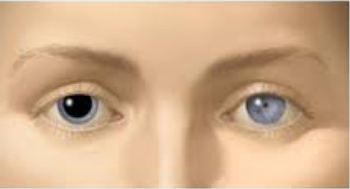

The difference in pupil reactivity between inhalational anesthetic and propofol may indicate differences in the alteration of midbrain reflexs in patients under inhalational or intravenous anesthesia. NPi was decreased by inhalational anesthesia not but intravenous anesthesia. Fentanyl given alone decreased pupil size and %CH in light reflex, but did not change the NPi.

There was no correlation between NPi and bispectral index. Compared with the PRO/REM group, mean %CH and NPi in patients anesthetized with SEV/REM, SEV or DES/REM were markedly lower at 1 h after surgery had commenced. NPi reduced within the first hour of surgery in the SEV/REM, SEV, and DES/REM groups, but was not significantly different in the PRO/REM group. A marked reduction in MAX and %CH compared with baseline was observed in all groups, but LAT was unchanged during surgery. We measured maximum resting pupil size (MAX), reduction pupil size ratio (%CH), latency duration (LAT) and neurological pupil index (NPi). Patients were divided into four groups based on the technique used to maintain anesthesia: a sevoflurane-remifentanil (SEV/REM) group, a sevoflurane (SEV) group, a desflurane-remifentanil (DES/REM) group, and a propofol-remifentanil (PRO/REM) group. Thirty-five patients scheduled for breast or thyroid surgery were enrolled in the study. We examined the effects of anesthetic agents on pupillary reactivity.

Pupils naturally dilate due to changes in light and emotional events, but unusual pupil dilation could be the result of a. The condition may be caused by dilating eye drops from an eye exam, the side effects from a drug/medication or traumatic injury. However, whether anesthetic agents affect the accuracy of the technique remains unclear. Dilated pupils (mydriasis) are when the black center of your eyes are larger than normal. Pupil reactivity can be used to evaluate central nervous system function and can be measured using a quantitative pupillometer.


 0 kommentar(er)
0 kommentar(er)
